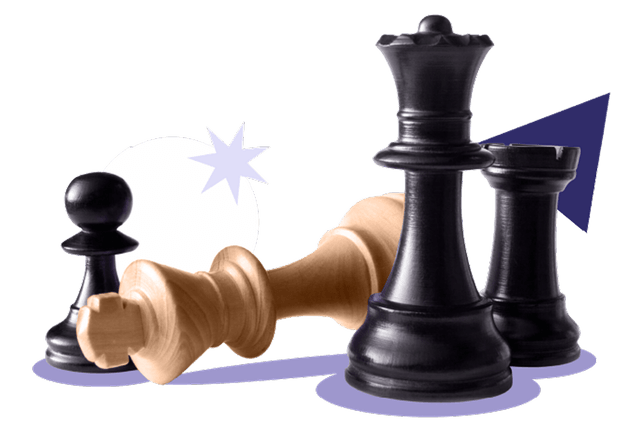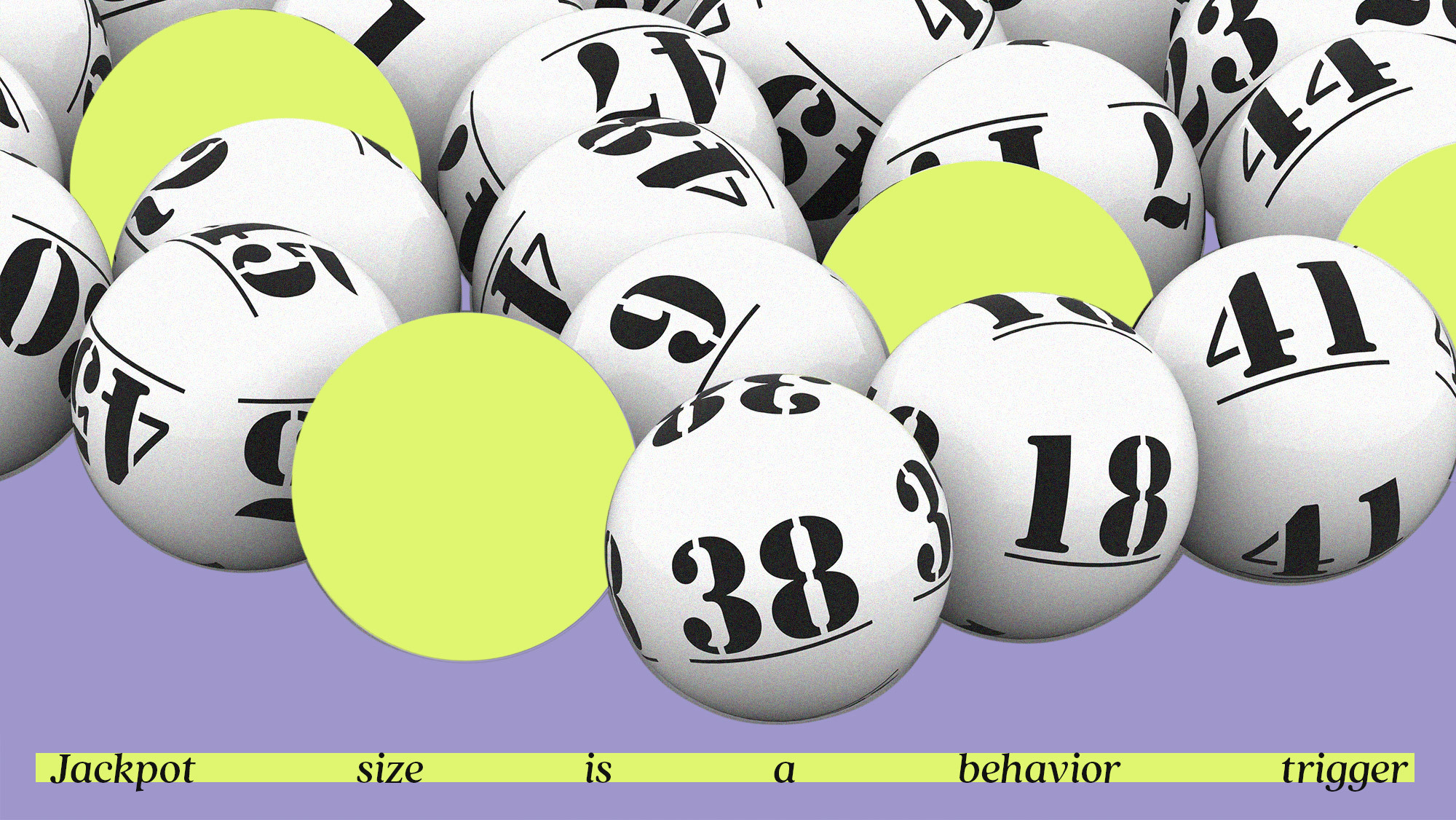
AI and the Retail Marketer’s Future
How AI transforms strategy and processes, driving the adoption of Positionless Marketing
Download the report and discover proven methods to increase new player deposits, retention, and lifetime value when empowered by Positionless Marketing


For lottery marketing teams, jackpot surges are both a benefit and a challenge. Bigger jackpots mean more excitement and player activity, but marketers must know how to engage players properly. Without predictive models, campaigns lag behind the action, failing to turn jackpot buzz into repeat play.
With predictive modeling and jackpot sensitivity analytics, operators can stop chasing the hype and start anticipating it. This blog guides lottery operators in shifting from reactive marketing to proactive orchestration.
In lottery, the Jackpot size isn’t just a flashy number, it influences who plays, how often, and when. A casual player might suddenly re-engage when a jackpot crosses a $100M threshold, while VIPs will likely have different trigger points.
This variability creates challenges for marketers, including personalizing and tailoring messaging, incentivizing players, and timing campaigns. The key is to anticipate behavioral shifts tied to jackpot changes using predictive behavior modeling.
Predictive models help operators forecast each player's next move, whether they're at risk of churning, primed for reactivation, or showing signs of VIP potential. With this foresight, operators can prioritize actions that drive growth and retention.
Optimove makes these predictions usable by turning them into player attributes, which can be applied across:

This enables lottery marketers to achieve:
Instead of relying on broad categories, predictive modeling enables brands to group players based on real behaviors and preferences. Whether it's jackpot chasers, casual bettors, or repeat scratch card players, brands can personalize marketing efforts to match each segment’s journey.
To build a model that truly captures jackpot sensitivity, here’s what works:

For lottery brands, misaligned incentives and bonus misuse can quickly drain marketing budgets. Predictive modeling helps operators spot these patterns early, especially when player behavior shifts with rising jackpots. When leveraged correctly, jackpot-sensitive models enable smarter targeting and more efficient marketing spend.
Here are three high-impact use cases:
With the right models, operators no longer have to guess whether a campaign will work. Predictive tools provide clear, actionable metrics from lifetime value and deposit frequency to churn risk, allowing brands to continually refine their campaign budget.
Predictive modeling uses historical data, real-time feeds, and machine learning to forecast behavior changes based on jackpot levels. Optimove’s predictive behavior modeling help identify when a player will likely play due to a jackpot increase. This empowers operators to trigger campaigns, adjust bonus allocations, and personalize content dynamically before a player takes action.
By automating decision-making and using data to guide marketing spend, predictive modeling helps operators allocate resources where they’ll deliver the most value. It also reduces manual workload, enabling teams to move faster and execute at scale.
For more insights on predictive modeling for lottery operators, contact us to request a demo.
Increasing the Value of New Online Gaming Players
Download the report and discover proven methods to increase new player deposits, retention, and lifetime value when empowered by Positionless Marketing.


Writers in the Optimove Team include marketing, R&D, product, data science, customer success, and technology experts who were instrumental in the creation of Positionless Marketing, a movement enabling marketers to do anything, and be everything.
Optimove’s leaders’ diverse expertise and real-world experience provide expert commentary and insight into proven and leading-edge marketing practices and trends.


